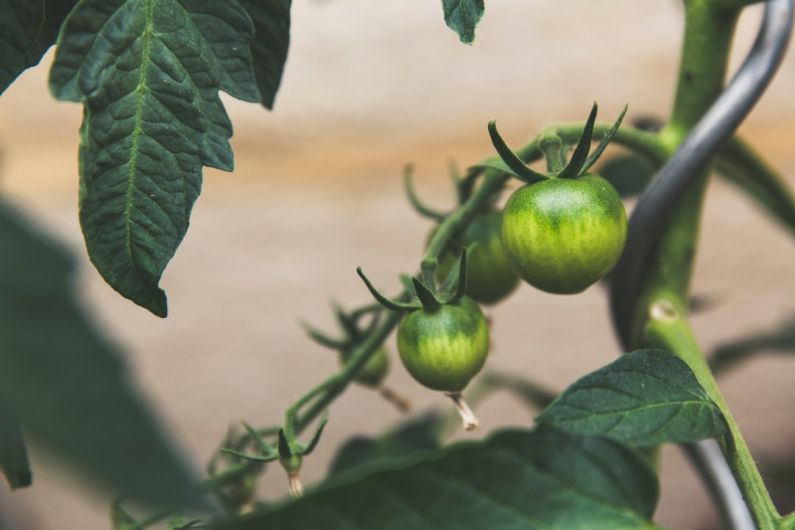How to Harvest Rainwater for Your Garden
Rainwater harvesting is a sustainable and cost-effective way to provide water for your garden. By collecting rainwater, you can reduce your reliance on municipal water supplies and improve the health of your plants. In this article, we will discuss the steps you can take to harvest rainwater for your garden.
1. Choose the Right Container
The first step in harvesting rainwater is to choose the right container. You can use a variety of options such as rain barrels, cisterns, or even large storage tanks. It is important to select a container that is large enough to hold the amount of water you need for your garden, but also small enough to fit in your available space.
2. Position the Container
Next, you need to position the container in an appropriate location. Ideally, the container should be placed near a downspout or gutter system to capture the maximum amount of rainwater. It should also be elevated to allow for easy access to the water when needed. Make sure the container is level and stable to prevent any accidents.
3. Install a Filter
To ensure the quality of the collected rainwater, it is recommended to install a filter. This will help remove any debris or contaminants that may be present in the water. There are various types of filters available, such as mesh screens or sediment filters. Choose one that suits your needs and install it in the downspout or at the opening of the container.
4. Direct the Water
To maximize the amount of rainwater collected, you can direct the water from your gutters or downspouts into the container. You can do this by attaching a diverter or a rain chain to the downspout. This will divert the water directly into the container, ensuring that none of it goes to waste.
5. Maintain the System
Regular maintenance is essential to keep your rainwater harvesting system functioning effectively. Clean the filter regularly to prevent clogs and ensure the water flows freely. Inspect the container for any leaks or damage and repair them promptly. Additionally, consider adding a mosquito screen to prevent the breeding of mosquitoes in the collected water.
6. Use the Collected Water
Once you have harvested the rainwater, you can use it to water your garden. The collected water is ideal for irrigation purposes as it is free from chemicals and is at a temperature that is suitable for plants. You can use a watering can or connect a hose to the container to distribute the water evenly.
7. Store Excess Water
During periods of heavy rainfall, you may collect more water than your garden requires. In such cases, it is important to have a plan for storing the excess water. You can use additional containers or connect multiple containers together to create a larger storage capacity. This way, you can make the most of the rainy season and have water available for drier periods.
In conclusion, harvesting rainwater is a simple and effective way to provide water for your garden. By following these steps and using the right equipment, you can collect and store rainwater to keep your plants healthy and thriving. Not only will you save money on your water bills, but you will also contribute to the sustainability of our planet. So, why not start harvesting rainwater for your garden today?






